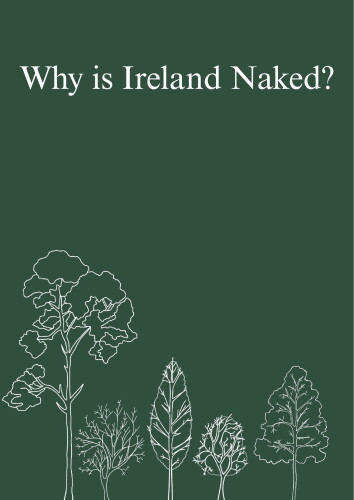Why Is Ireland Naked
The article ‘Why Is Ireland Naked’ written by Eimear Phelan questions why Ireland is celebrated for its nature and greenery when only 11.6% of our land is forested – most of which are non-native trees.
A big part of the story comes down to Coillte, a semi-state-owned forestry company that was set up in 1988. Coillte are the largest single landowners in Ireland’s they and focus on growing trees for commercial timber, especially Sitka spruce. This tree grows quickly and is good for making money, but it’s not great for the environment. Sitka spruce isn’t native to Ireland, and because of that, it doesn’t support the same wildlife and biodiversity that native trees do.
People like Brian Smyth, who works with The Organic Centre and other climate groups, believe that Coillte’s focus on profit is getting in the way of protecting nature. He and others are calling on the government to change Coillte’s mission to include responsibilities for climate action, biodiversity, and supporting local communities—not just commodifying Irish forests.
The reason this article was written was a recent environmentally friendly campaign push from Coillte. With an investigation into their campaign, it was found that while what they’re saying is true about their trees absorbing carbon dioxide, they are still not doing what they could be doing in terms of the climate emergency. While trees do absorb carbon dioxide, a lot of the carbon is actually stored in the soil. When those trees are cut down all of that carbon gets released. Planting trees on bogs, which are natural carbon sinks, actually causes more harm than good. Ecologist Jen Fisher says this kind of forestry just doesn’t make sense in a time of climate and biodiversity emergencies.
Fisher and Smyth both believe that Coillte can be part of the solution—but only if it shifts its focus. There are good people doing good work within the organization, but the overall approach needs to change. Instead of planting trees just to cut them down, we need to protect and restore our native forests.
